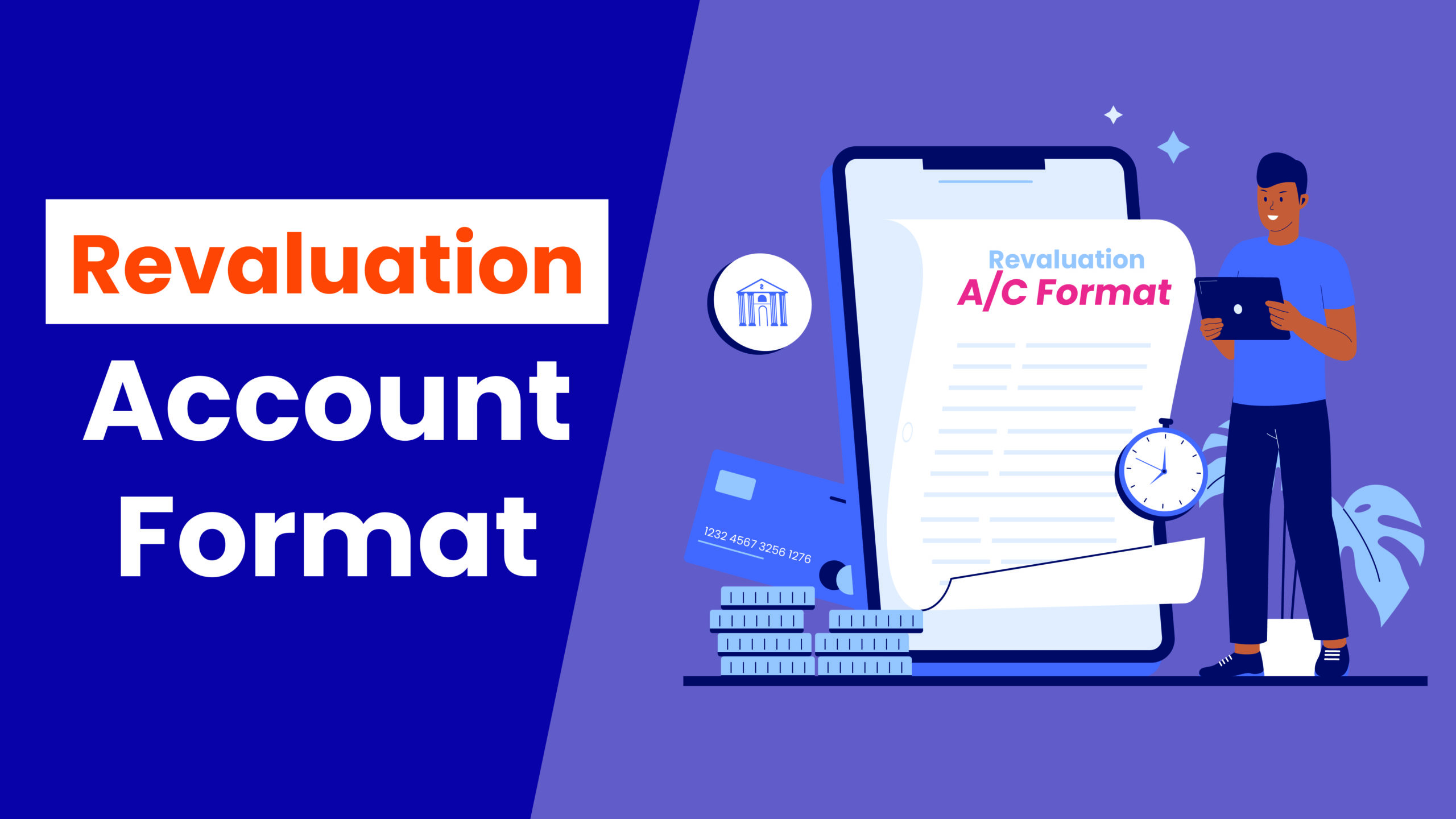Starting a business comes with a list of expenses, duties and situations that you would not have expected. But the first order of starting a business is to know how much money is going out of the business and how much money is coming in the business. Because at the end of the day the goal of any business is to make a profit. For this, you need to account for all the money that has gone out of the business, right from small expenses such as wages and electricity bills to large scale expenses such as rent and manufacturing units.
Before you get to the profit side of the business and how to do the accounting of the balance sheet and the profit and loss statement, you need to know the types of expenses in the business and how to account for them. In every business, two major types of expenses are classified: direct and indirect expenses. All expenses will either come under direct expenses or indirect expenses. You need to know which expenses come under what head as it makes a difference in accounting and can also help in deductions and tax-saving purposes.
It is important to ensure you track these expenses and enter them in the right head as it makes a difference. In this article, we will discuss all the different types of expenses a business may generally incur, how to segregate them, and the difference between direct expenses and indirect expenses. Read on to know more.
What are Expenses?
Whenever you start any business, you need to spend some money to get the business up and running. Once the business is up and running there will become recurring expenses that will have to be met on a daily basis, fortnightly, monthly or even yearly. While some expenses are recurring, there are some unexpected expenses that you haven’t accounted for or expenses that come up due to changes in business strategies and so on.
The most basic types of expenses that every business will have to incur are:
- Cost of raw material
- Rent or land property to conduct the business
- Electricity and water bills
- Wages or salaries of employees
Post that, some expenses may occur once in a while or sometimes, based on different situations. These are unforeseen expenses that you should account for. Some of them are:
- Cost of damaged goods because of events such as rains, fire, robbery
- Legal expenses in case of legal situations
- Discounts and sales
- Staff overhead expenses
One needs to understand the expenses when they will be incurred and start accounting for them right from the start. They also need to have an emergency fund that can account for these unexpected expenses that may come up during the life of the business. These are the key points one needs to keep in mind in regards to the money that is going out of the business.
What are Direct Expenses?
Direct expenses are the core expenses of the business. Without these expenses, your business will not run. You need to account for these expenses no matter what the business situation is. These expenses are related to the raw material of the business or the purchase of the goods and services for the business. Direct expenses are expenses that go into producing goods or providing services.
Direct expenses are needed in every company, be it a manufacturing business, an e-commerce business, a service-related business. They are to be incurred. But the expenses that may be a direct expense for you may not be the same direct expense for another business.
For example, there are two companies, one that manufacturers soaps and shampoos and another that is a re-seller of the same products. For the manufacturer of the soaps and shampoos, the raw material is his direct expense. However, for the re-seller, the raw materials are not a direct expense but instead, the expenses related to the product’s sales are a direct expense. In short, the expenses that are related to the main strategy or the core of your business are the direct expenses for you. Every company may have different direct expenses they are exposed to, but every company has direct expenses that need to be accounted for.
List of Direct Expenses
As mentioned above, the list of direct expenses may not be the same for every type of business and may differ from business to business such as manufacturing, selling, production, e-commerce. However, we’ve listed down a few of the generic direct expenses that a business may have to incur. This is not an exhaustive list and you should look more in-depth at the direct expenses your business may be exposed to.
Direct Expenses can be:
- Factory, land or shop rent
- Raw materials of the goods or the core cost of the business you’re in
- Direct labour and wages for your business
- Manufacturing supplies such as factory or machines
What are Indirect Expenses?
The expenses that a business needs to encounter for operation purposes are indirect. Just like how a business cannot function without indirect expenses, the same way a business cannot function without indirect expenses. While direct expenses cover the costs of the core materials for the business, indirect expenses are the overheads that need to be incurred for additional services for the business.
Indirect expenses may not be the same every month and will differ based on the revenue of the business and the nature of the business. While direct expenses are fixed, indirect is not fixed and may vary from time to time. Indirect expenses are not added to the cost of the final product or service but are accounted for separately, based on whenever they occur.
Just as direct expenses are different for different natures of business, the same way, indirect expenses may be different for different businesses. For example, the indirect expense for a raw material company may be the wages and salaries of far off employees, but for a re-selling company, the wages and salaries may be direct expenses for them.
List of Indirect Expenses:
Indirect expenses are general business costs that need to be incurred to keep the business running. However, the general business cost may be different for all sorts of businesses. You need to identify what are the indirect expenses to the nature of your business. Also, not all indirect expenses will occur regularly and the same may vary or come up unexpectedly. All this needs to be accounted for while figuring the expenses of your business.
Indirect Expenses can be:
- Utilities
- General office supplies such as stationery, desk, chairs etc.
- Overhead expenses such as Electricity bill, water bill
- Pantry costs
- Re-sellers wages and salaries
- Unexpected expenses due to situations
Difference Between Direct and Indirect Expenses
Knowing the difference between direct and indirect expenses can help you in accounting and ensuring your expenses are earmarked carefully. Without the complete knowledge of direct and indirect expenses, you may account for costs differently which would hamper the books of accounts.
By a rule of thumb, the costs that are related to the core of your business should be accounted for direct expenses. These direct expenses would be different for all businesses but need to be incurred irrespectively.
On the other hand, indirect expenses are costs related to operational running and need to be incurred for the smooth sailing of the business. Indirect expenses do not make a difference to the core of the business product or service but are mandatory for the overall business running services.
| Direct Expenses | Indirect Expenses |
| Expenses related to the core of the business which is incurred during the raw material phase either for the product or the service | Expenses that are incurred for the operation of the business, that ensure the smooth running of the overall business. |
| Direct expenses are included under the head of Cost of Goods Sold during accounting purposes. | Indirect expenses are not included in the head of Cost of Goods Sold but may be included as Other Expenses or Overheads. |
| Direct Expenses are included in the trading account on the debit side. | Indirect expenses are included in the income statement on the debit side. |
| Direct expenses are unavoidable and need to be incurred for the business to keep running and producing goods or services. | While indirect expenses are unavoidable too, it is possible to reduce the indirect expenses or to combine a few indirect expenses to reduce the overall burden of the indirect expense cost. |
| Examples: Rent, Raw Materials, Cost of land, machinery, factory | Examples: Electricity and water bills, salary and wages of employees, utilities and overhead expenses |
This is the categorization of direct and indirect expenses and one needs to ensure they know how the expenses are divided according to the nature of their business. A business should also prepare in advance a list of direct expenses and indirect expenses. Ensure you know this before diving right into your business model.
Also read about:







